![[Dr Reddish's Research Home page]](mcp-logo.gif) |
![[Dr Reddish's Research Home page]](mcp-logo.gif) |
| A novel electrostatic storage ring - the “Electron Recycling Spectrometer”
(ERS) - has been designed in collaboration with Hammond (UWA, Australia)
and Read (Manchester, UK); the prototype has been constructed at Windsor.
The ERS, shown schematically in Fig 1 consists of two precision-made hemispherical energy analysers (HDAs) separated by two cylindrically symmetric electron lens stacks. The small length of the ~65 cm orbital path and its control via only electric fields makes this a novel approach to store low energy charged particle beams. The ERS has been demonstrated using electrons [1], but can be adapted for any charged particle: spin polarised electrons, positrons, exotic atomic and molecular ions. From our theoretical studies [2] the ERS can operate in a variety of modes which are inherently stable (or pseudo-stable) and therefore suitable for charge particle storage. It could also have a time dependent energy resolution, due to chromatic aberrations. The flexibility in the ERS’ modes of operation is an exciting prospect for novel experiments in collision physics. In [1] we show that a 50 ns wide electron pulse injected into the ERS can undergo ~1000 orbits, corresponding to an electron of mean energy ~20 eV travelling over 650 m! [1] Tessier et al, Phys Rev Letts
99
(2007) 253201
|
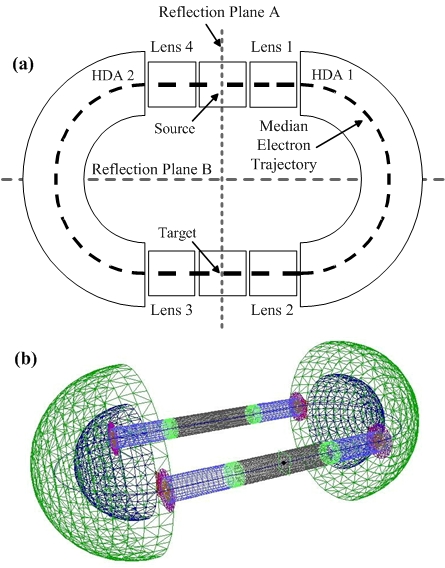 (b) An image from the CPO (Charge Particle Optics) Program showing the electron optical simulation of the ERS system. |
ERS Simulations (see [2] for details)
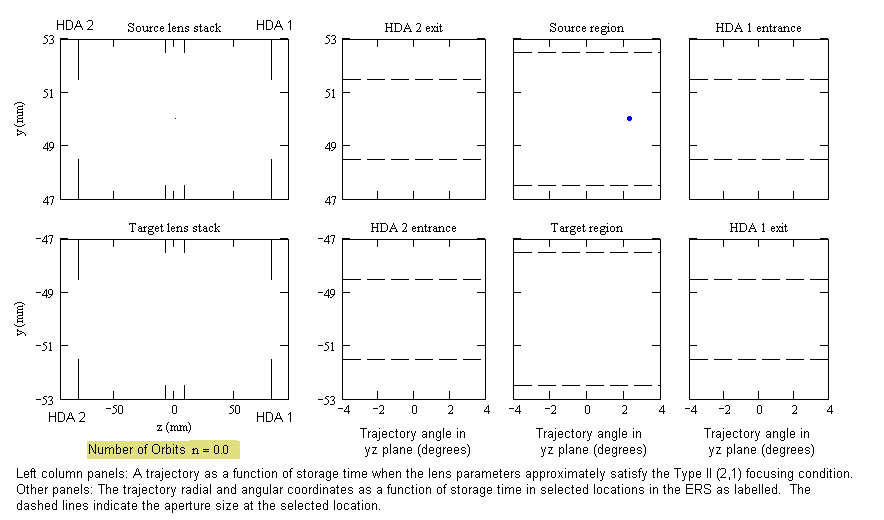 |
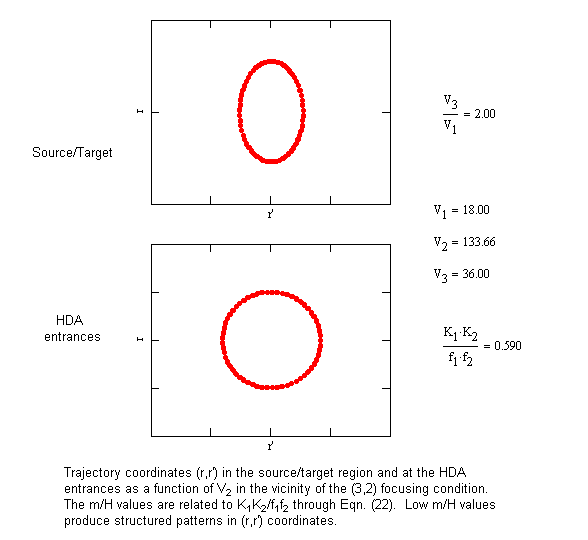 |
Various Photos
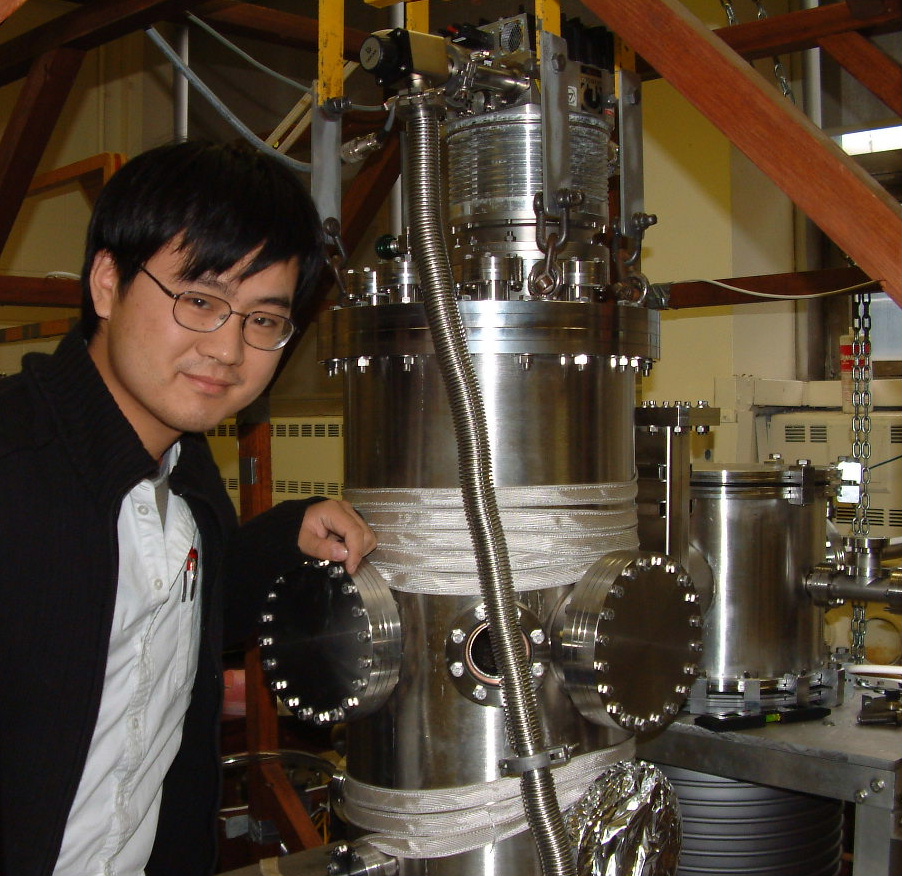
Grad Student Mike Niu by the ERS Chamber. |
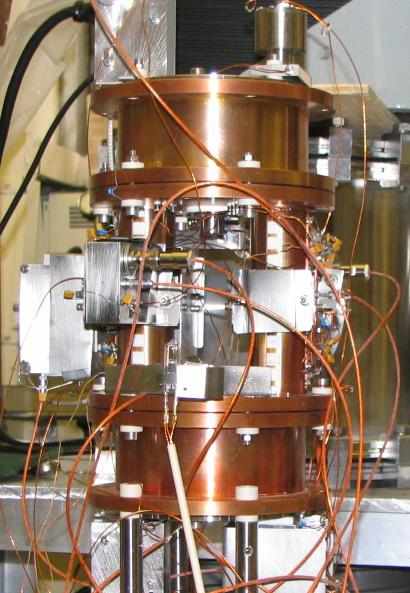 |
|
|
|
Gold-plated OFC components |
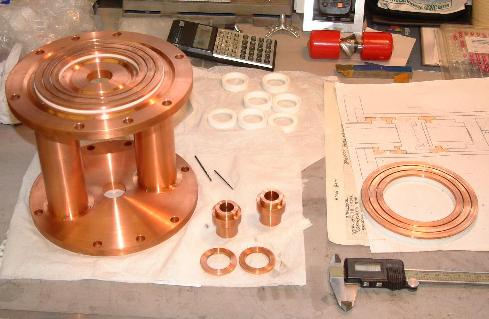
ERS under construction |